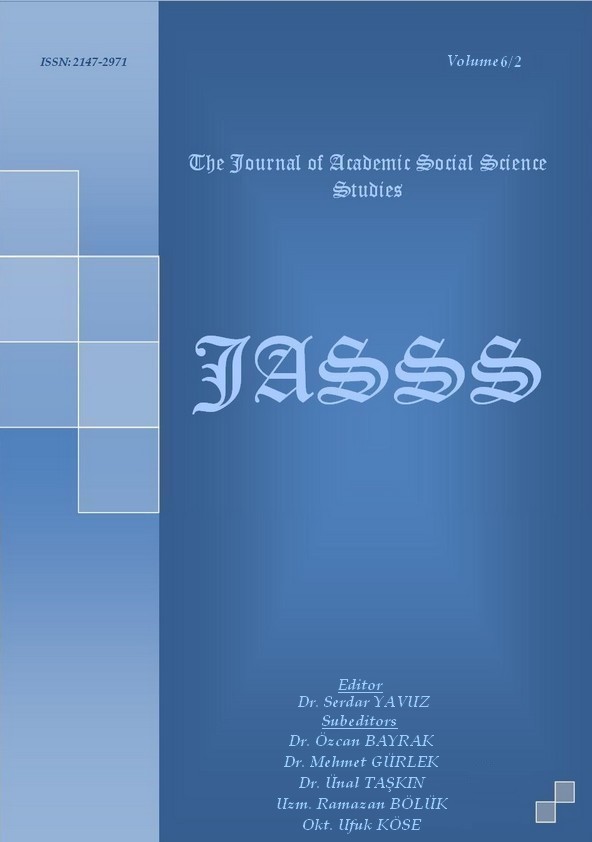Author :
Abstract
Osmanlılarda geleneğe uygun olarak her yıl bütçeler düzenlenmiştir. Klasik dönemde defterdarlar her yıl bütçe hazırlayarak padişaha sunmaktaydılar. Klasik Osmanlı bütçeleri yılsonu gelir ve giderlerini gösteren hesap özetleri niteliğindedir. Gelir-gider dengesinin sağlanmasında bir önceki yılın gerçekleşen bütçe rakamları, bir rehber vazifesi görmüştür. Klasik bütçeleme usulleri devlet gelir ve giderlerinin merkezileştirilmesine kadar devam etmiştir. Tanzîmat Dönemi’nde resmi kurumlarda yeniden yapılanma gayretleri artmış ve mali sahada yapılan reformlar modern mali yapının doğmasını sağlamıştır. Bu bakımdan Tanzîmat dönemi önemli bir dönüm noktasıdır. Tanzîmat Fermanı’nda bütçe kavram olarak yer almamış, ancak savunma ve diğer kamu hizmetlerinin yapılması için zorunlu giderlerin kanunlarla önceden sınırlandırılması ve tespit edilmesi gereğine işaret edilmiştir. Tanzîmat’tan sonra geleneksel defterdarlık teşkilatı kaldırılarak yerine Maliye Nezâreti oluşturulmuştur. Maliye Nezâreti’nin kurulması ile birlikte malî denetim ve organizasyonda merkeziyetçi eğilimler güçlenmiştir. Tanzîmat Dönemi’nde Osmanlı İmparatorluğu’na giren kurumlardan biri de modern bütçeler olmuştur. Birlik ve genellik prensiplerine uygun olarak hazırlanan Tanzimat bütçelerinde önceden tahmin yöntemi esas alınmıştır. Bütçe hakkı ve ilkeleri ise 1876 Anayasası ile düzenlenmiştir. Meşrûtiyet Dönemi’ne kadar birlik prensibine bağlı kalınarak devlet gelir ve giderleri tek bir bütçede gösterilmiştir. Meşrûtiyet yıllarında bütçenin birliği prensibinden uzaklaşılarak adi bütçelerin dışında fevkalade bütçeler ve muvakkat bütçeler de hazırlanmıştır. Türkiye’de modern bütçe kurumunun tam anlamıyla yerleşmesi ise Cumhuriyet Dönemi’nde gerçekleşmiştir.
Keywords
Abstract
In Ottomans, budgets were made every year in accordance with the tradition. Provincial treasurers at classical period used to prepare budget every year and present it to the sultan. Classical Ottoman budgets served as account statements which showed the year-end incomes and expenses. The budget figures acted as a guide in the actual budget of the previous year in the provision of income-expense balance. Classical budgeting procedures continued until the centralization of the state incomes and expenses. In Tanzîmat Reform Era, efforts of restructuring increased in governmental agencies and the reforms which were made in the financial field resulted in the origination of a modern financial structure. In this respect, Tanzîmat Reform area is an important turning point. Budget did not take place as a concept in the Imperial Edict of Reorganization but in order to perform defence and other public services, the need to determine and restrict obligatory expenses beforehand through laws was pointed. Traditional financial office organization was removed after Tanzîmat Reforms and the Ministry of Finance was formed instead. The centralist trends in the financial audit and organization got stronger slong with the establishment of the Ministry of Finance. One of the institutions which entered the Ottoman Empire in Tanzîmat Reform era was modern budgets. The prediction method was taken as a basis in the Tanzîmat budgets which were prepared in accordance with the principles of unity and generality. The budget rights and principles, on the other hand, were organized with 1876 Constitution. Depending on the principle of unity until the Constitutional Period, state incomes and expenses were shown in a single budget. In the Constitutional years, the principle of the unity of the budget was moved off and emergency budgets and interim budgets were also prepared apart from ordinary budgets. The complete settlement of the modern budget institution in Turkey, on the other hand, actualized in the Republic Period.





